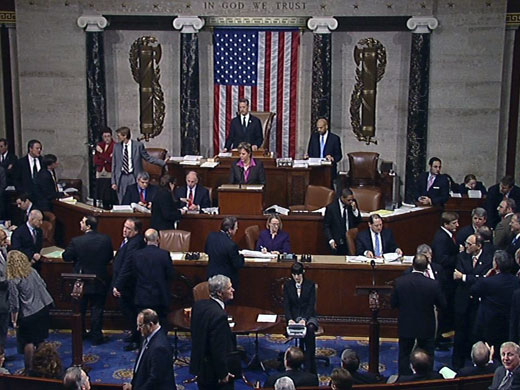
The Challenge: All children need a safe environment in which to learn and achieve. Too many schools in America remain unsafe; too many teachers are threatened by violence; and too many children fear for their safety.
The Solution: Ensure a safe and orderly school by implementing programs that protect students and teachers, encourage discipline and personal responsibility and combat illegal drugs.
Why "No Child Left Behind" Will Make Schools Safer and Drug Free
Encourages laws on the books to be aggressively enforced.
No child can learn in a climate of fear. America has learned important lessons from September 11. One of the most important lessons is that we must be prepared for the worst. That means working with communities so every level of government is looking out for child safety. The president believes the first job of government is to protect its citizens whether the threat is terrorists abroad, criminals at home, or predators or drug dealers in or near schools.
Requires states to report on school safety to the public.
The new law also encourages schools to work closely with law enforcement and the community to keep the learning environment safe by enforcing truancy, suspension and expulsion policies and criminal laws.
Protects teachers so they can teach and maintain order.
The problem of poor discipline has been compounded by the increased incidence of lawsuits, which impairs the ability of teachers to maintain discipline and enforce the rules. "No Child Left Behind" protects teachers, principals and other school professionals from frivolous litigation when they take reasonable actions to maintain order and discipline in the classroom.
Anticipates the potential for violence in schools.
Violence prevention programs must meet specified principles of effectiveness and be grounded in scientifically based research that provides evidence that programs will reduce violence and illegal drug use. Under "No Child Left Behind," states must report school safety statistics to the public on a school-by school basis, and districts must use federal school-safety funding to establish a plan for keeping schools safe and drug free. These plans must include:
- appropriate and effective discipline policies
- security procedures
- prevention activities
- student codes of conduct
- a crisis management plan for responding to violent or traumatic incidents on school grounds
Provides a mechanism for students to leave chronically dangerous schools.
"No Child Left Behind" requires schools to implement a statewide policy giving students the choice to attend a safe public school within the district if he or she:
- attends a persistently dangerous public elementary or secondary school or
- becomes a victim of a violent crime while in or on the grounds of a public school the student attends.
Other Related Articles:
- Choosing a School: First Steps
- Choosing a School: Explore Your Options
- Choosing a School: How to Evaluate
- Preventing Bullying at School
- Dept. of Education Guide to Choosing a School
- Parents Page at Dept of Education
 Print
Print Email
Email







